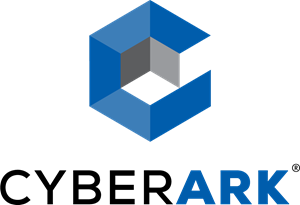I recommend CyberArk Privileged Access Manager to small and mid-level organizations needing a PAM solution. I assert that it has been a reliable tool for me for over nine years. Even a proof of concept might be beneficial initially, with an emphasis on understanding the budget aspect. I would rate this product a nine overall.
I find CyberArk to be expensive in general. Many organizations have considered alternatives due to budget constraints, even though CyberArk is a leading product in the PAM industry, recognized for its quality and long-standing presence. However, the high cost can drive some customers away.
Integrating CyberArk Privileged Access Manager with existing EHR systems and healthcare workflows, such as SailPoint, presents challenges. SailPoint integration often hinges on third-party tools, making the process complicated and critical for many organizations. I endeavor to manage this necessity.
In terms of mean time to respond, I acknowledge variable response time. The L1 team is proactive, yet the vendor often pushes to close incidents swiftly, even when issues remain unresolved. This can extend the resolution timeline significantly.
When assessing CyberArk Privileged Access Manager for protecting against ransomware attacks, I find that it effectively isolates components such as the primary vault, DR vault, PVWA, CPM, PSM, and PSMP, ensuring communication is limited to internal only. This isolation prevents any interaction with the external world, including AD, thereby safeguarding my systems. The feature of maintaining a DMZ for the vault, which ensures that attackers cannot reach it, is critical in protecting against ransomware threats targeting Active Directory.
Every infrastructure requires maintenance, including upkeep and patching. I find managing CyberArk Privileged Access Manager's infrastructure is straightforward. It can run effectively in physical or virtual environments, whether on cloud machines or VMware systems. Overall, maintenance is not overly complex.
If deploying in a lab environment, setting up the primary and DR vaults, PVWA, and CPM can usually be completed within one and a half to two hours. Organization-wide implementations may require more time due to necessary approvals and hardware availability, but the actual installation process itself remains swift.
I assess the granular controls provided by CyberArk Privileged Access Manager as robust because they enable tailored access at the individual user level or through AD groups. This includes detailed role definitions such as safe reader, safe auditor, safe approver, and safe manager. As an administrator, I can manage all access. By provisioning least privileged access and allowing users to connect and view their accounts without exposing passwords, I uphold the principle of least privilege at the safe level.
